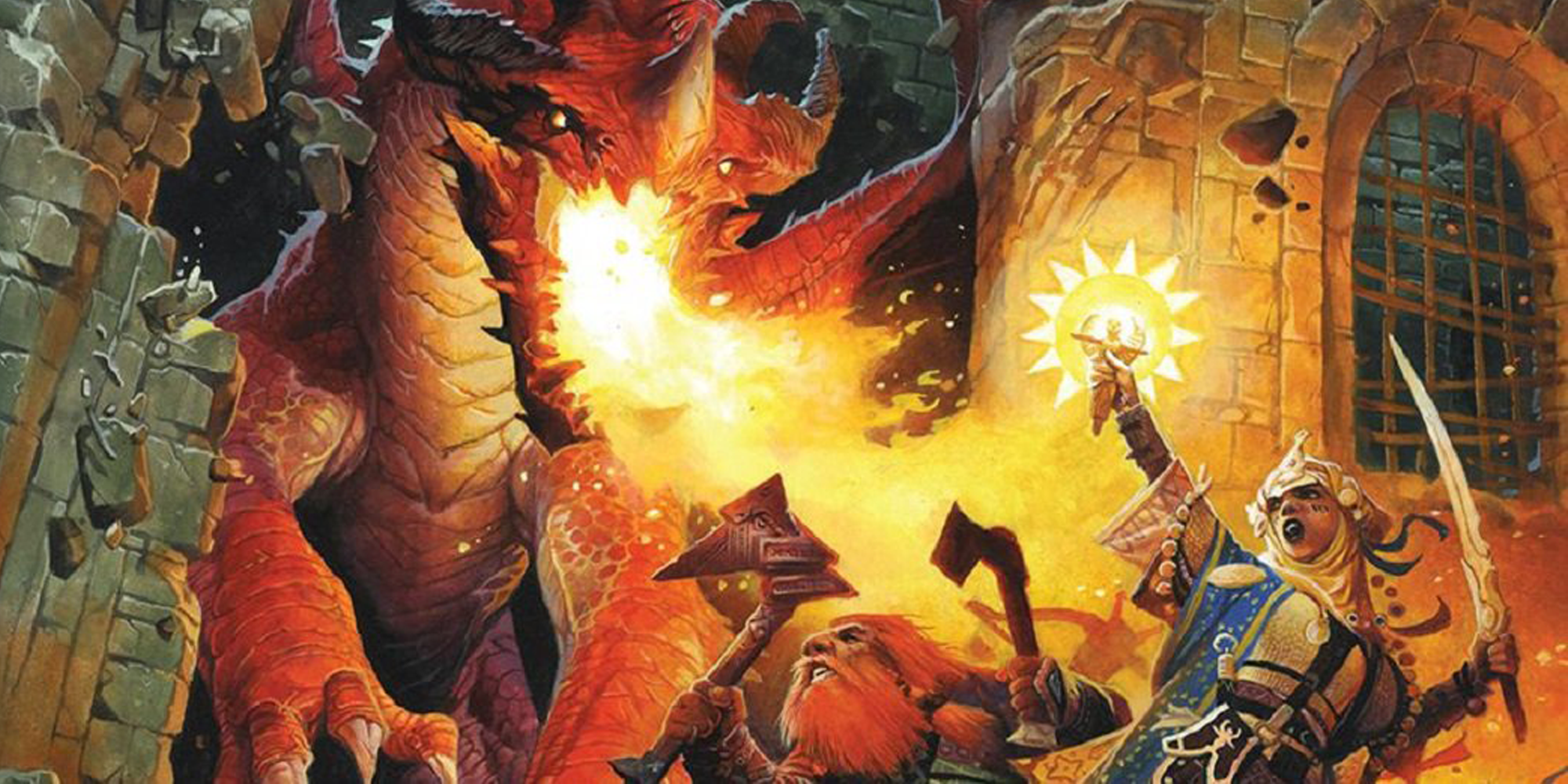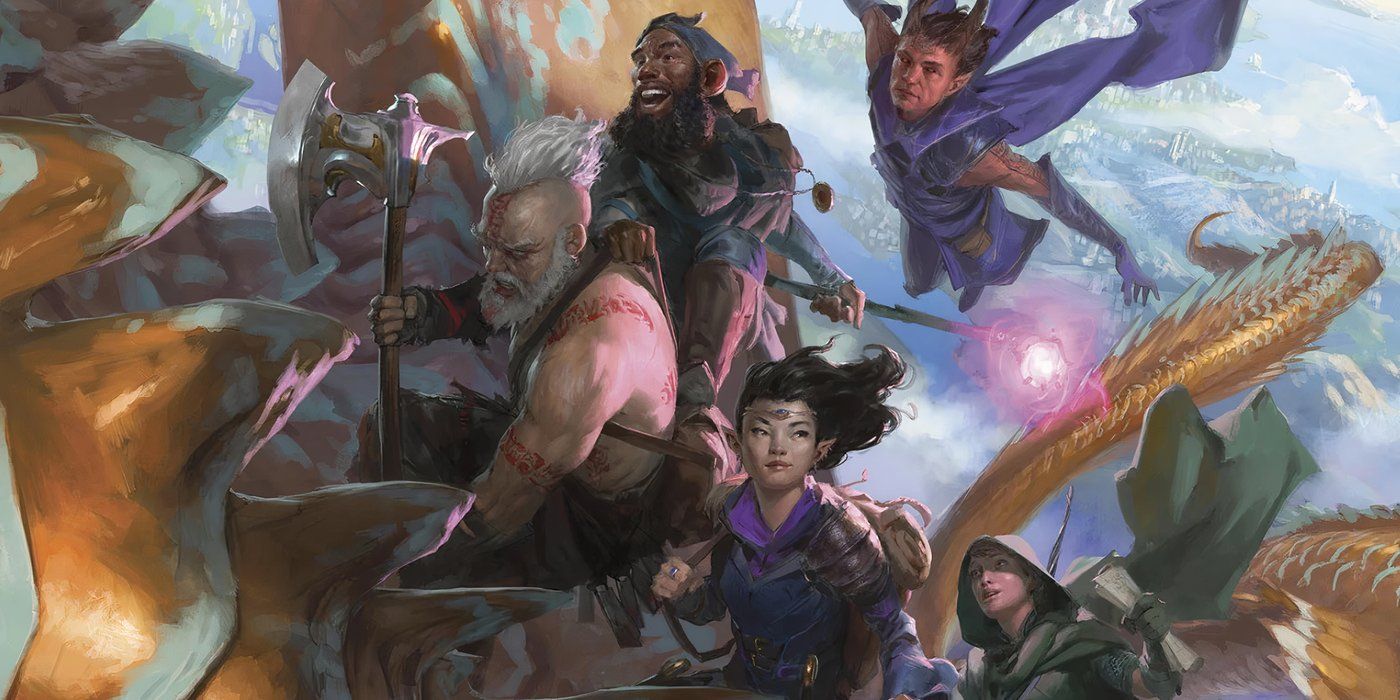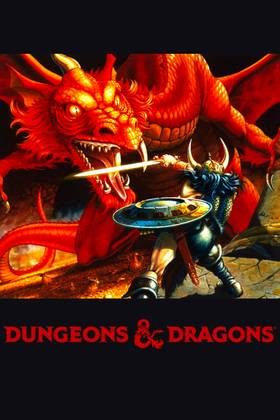
Despite Dungeons and Dragons being my go-to tabletop roleplaying game for the better part of a decade now, that doesn’t mean it’s the end-all be-all for the genre. Although it’s not hard to find new ways to play D&D to keep things fresh, there are still plenty of other TTRPGs that offer great distractions or even more unique ways to experience the genre.
From sci-fi, horror, westerns, and even officially licensed tabletop spin-offs, there’s no shortage of alternatives that can provide a wholly unique experience to traditional D&D. While it’s hard to imagine anything fully replacing D&D as the number one competitor in the tabletop role-playing game genre, playing D&D’s most popular competitor makes the flaws the tried-and-true tabletop even more noticeable.
Pathfinder Revitalized My Love For The Tabletop Genre
Discovering What It Felt Like To Play D&D For The First Time
Despite the improvements made to D&D 2024 that elevate certain aspects of the tabletop game, after playing Pathfinder Second Edition, it’s hard to imagine going back to D&D as my go-to tabletop in the future. Originally starting off as an alternative spinoff to Dungeons & Dragons’ fourth edition, the first edition of Pathfinder aimed to capitalize on the strengths of the previous 3.5 editions, offering greater customization and more detailed rulesets.
While some aspects of Pathfinder‘s tabletop offerings can be a bit intimidating at first glance, Pathfinder’s origins as a Dungeons & Dragons spinoff make it much easier to adapt to for experienced players. Although it did take a couple of sessions to finally get a hold of its gameplay and the more complex class-based mechanics that Pathfinder provides, the overall experience felt incredibly fresh yet familiar all at the same time once it finally clicked.
One of the biggest changes to how Pathfinder 2e functions compared to D&D is that you have access to three actions per turn, which can be used to change equipment handling, attack, move, or cast spells, respectively. While having to use an action to draw a weapon and another to move can seem somewhat limiting at first, it ultimately offers a drastically higher level of freedom for combat encounters, encouraging creative gameplay choices that are especially welcome for low-level martial classes.
Offering Even More Freedom Than Traditional D&D
Allowing For Even More Character Customization
Following a more tactical approach, Pathfinder 2e offers a more streamlined version of its predecessor while still providing the number-crunching gameplay that makes it so addictive, on top of an almost overwhelming amount of character creation options to choose from.
Boasting nearly double D&D‘s selection of 13 classes, Pathfinder 2e offers a whopping 23 to choose from, with Reddit users like TheAsel creating handy beginner’s charts to craft your next adventurer from.
As if the 23 classes and 48 playable ancestries there are to mix and match between in Pathfinder 2e weren’t enough, you aren’t limited by having to purchase different volumes or editions of the game to get access to the full catalogue of content. While there are some issues with missing legacy content, one of Pathfinder 2e‘s greatest strengths is that all of its rules and assets are free to enjoy in their entirety online.
Whether through digital platforms like Roll20’s free integration, printing the content yourself, or using the paid Foundry program’s built-in integration, Pathfinder 2e has a surprisingly nonexistent barrier to entry in terms of cost compared to D&D.
The amount of options available wouldn’t be as exciting if it weren’t for the greater level of flexibility with its classes, archetypes, and feat selection compared to D&D as well, encouraging unique character builds that emphasize roleplaying in unexpected scenarios.
Rather than having a varying degree of advantage in your specialty and the chance to succeed without it, Pathfiner 2e also has a greater focus on highlighting both your strengths and weaknesses simultaneously with its skill checks and saving throws.
Sometimes, Newer Isn’t Always Better
Dungeons And Dragons’ Frequent Updates Aren’t Always Well Received
Although the 2024 release of D&D introduced some much-needed changes and surprising improvements across the board, each change to the beloved tabletop roleplaying game ends up alienating growing numbers of its playerbase.
Even now, there are still significant portions of D&D‘s community that exclusively prefer to play previous editions of the game, with D&D 2024 facing similar backlash as full-blown overhauls that came in previous versions of the game.
Thankfully, with Pathfinder 2e having been released in 2019 as a streamlined upgrade to the 2009 release of its predecessor, it’s also a much more stable foundation that isn’t nearly as prone to significant changes or balance issues.
If you’re looking for an easier introduction to the world of Pathfinder without having to find a new dungeon master or learn all the rules yourself, several Pathfinder-themed video games offer excellent introductions to the series.
Even if they don’t have the same appeal as Baldur’s Gate 3, games like Pathfinder: Wrath of the Righteous share plenty of similarities with its distant cousin, while excelling past it in certain areas like class building and customization, similar to the tabletop version.
Regardless of which version of Pathfinder you choose to try out, the second edition of Pathfinder is likely the best choice for a true Dungeons & Dragons competitor that’s tough to beat after getting fully immersed in its unique game world, grounded rulesets, and engaging gameplay mechanics.
-

- Franchise
-
Pathfinder
- Original Release Date
-
August 1, 2009
- Publisher
-
Paizo Publishing
- Designer
-
Jason Bulmahn
- Player Count
-
4-8 (Recommended)
- Age Recommendation
-
12+
-

- Franchise
-
Dungeons & Dragons
- Original Release Date
-
1974-00-00
- Publisher
-
TSR Inc., Wizards of the Coast
- Designer
-
E. Gary Gygax, Dave Arneson
- Player Count
-
2-7 Players
Dungeons and Dragons is a popular tabletop game originally invented in 1974 by Ernest Gary Gygax and David Arneson. The fantasy role-playing game brings together players for a campaign with various components, including abilities, races, character classes, monsters, and treasures. The game has drastically expanded since the ’70s, with numerous updated box sets and expansions.
